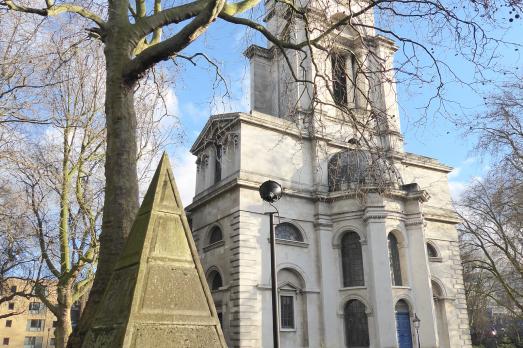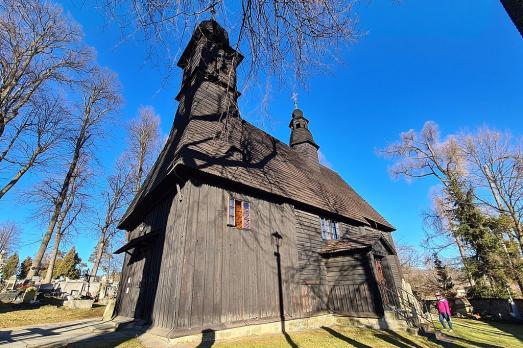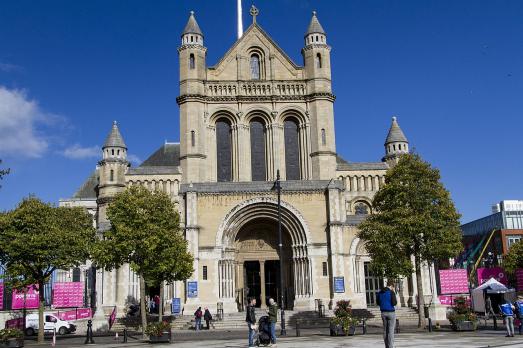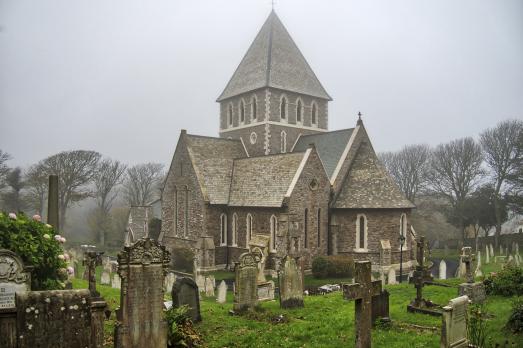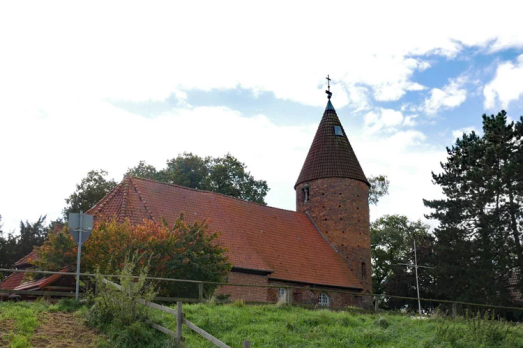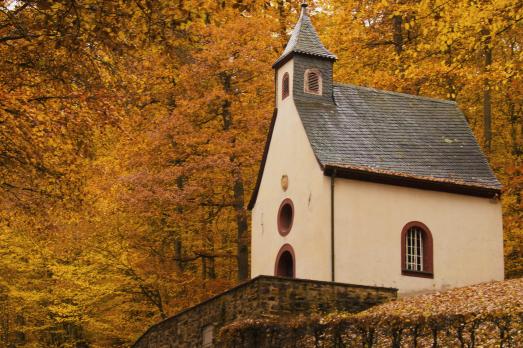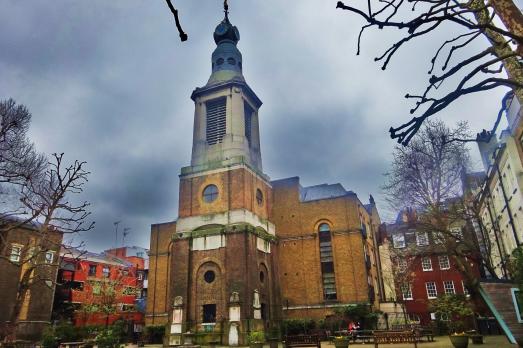
St Anne
Soho, GB
Consecrated in 1686 by Bishop Henry Compton (after whom Old Compton St is named) the original church was designed by William Talman, who worked under Sir Christopher Wren. In December 2016 our redesigned entrance, featuring our name in neon lights, was dedicated by the Bishop of London to ensure the church remains a visible presence in the community it serves.
